
The role of screening and early detection
Statistics from the Ministry of Health show that Vietnam is facing a dual disease model. In addition to always having to deal with infectious and emerging diseases, non-communicable diseases such as cancer, cardiovascular disease, diabetes, chronic obstructive pulmonary disease (COPD), asthma, mental health disorders, etc. are increasing rapidly.
Speaking at a discussion session on promoting early detection of lung diseases at medical facilities, Associate Professor, Dr. Vu Van Giap, Deputy Director of Bach Mai Hospital, said that non-communicable diseases, especially chronic lung diseases, are creating an increasingly large burden for the entire health system in Vietnam and around the world .
Notably, most diseases such as lung cancer, COPD, asthma... arise from risk factors that were exposed many years ago such as smoking, air pollution or the aging process. Meanwhile, more than 60% of patients are only detected at a late stage, when the disease has become seriously complicated.
In fact, the treatment process at Bach Mai Hospital shows that many lung cancer patients are hospitalized when the tumor has spread, making the chance of radical surgery gone. However, if detected at an early stage, the treatment will have good results, the possibility of complete cure is very high. Therefore, early detection plays a very important role.
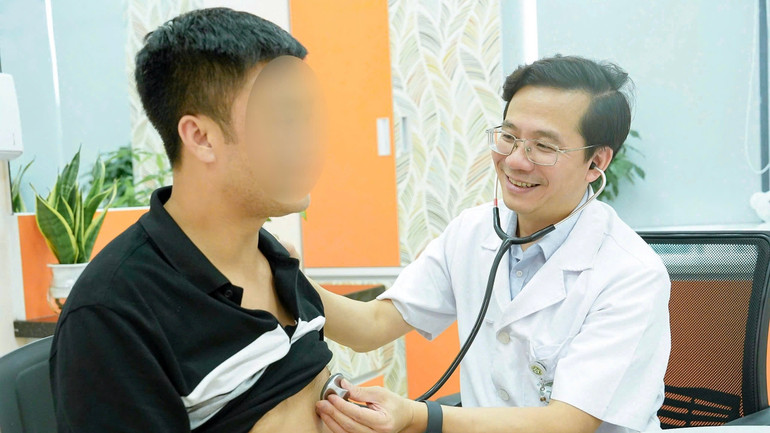
Sharing the same view, Dr. Le Thai Ha, Deputy Director of the Department of Disease Prevention (Ministry of Health) said that early detection along with risk factor assessment is extremely important. When we identify risks, we will better understand the causes that can lead to diseases, from common diseases to more severe diseases. The prevention and risk screening work being implemented by the health sector is completely in line with the guidelines of the World Health Organization, aiming at early detection, proactive prevention and early intervention. At that time, people will be better advised, cared for and prepared for their health, even when they are living in an environment with risk factors.
This is also the approach of the health sector in the process of building and discussing the draft Law on Disease Prevention as well as plans to implement Resolution No. 72-NQ/TW of the Politburo on a number of breakthrough solutions in the work of protecting, caring for and improving people's health, issued on September 9, 2025. Resolution No. 72-NQ/TW has strongly shifted from the mindset of focusing on medical examination and treatment to proactive disease prevention; strengthening control of risk factors affecting health.
From the new perspective of the resolution to clinical practice, the screening of chronic diseases such as lung cancer, COPD, bronchial asthma, etc. needs to be specified in the Law on Disease Prevention. Thereby, helping tens of millions of Vietnamese people in high-risk groups to have early access, reducing the burden on the health system.
A research team at Bach Mai Hospital is developing a solution that applies artificial intelligence (AI) to early detection of lung cancer. After more than 2 years of implementation, the team has completed 3 models to support image diagnosis, helping to increase the ability to detect small lesions and screen more effectively in the community.

Associate Professor, Dr. Vu Van Giap affirmed that with new technology, doctors can detect earlier, treat more thoroughly, increase the chance of radical treatment and complete cure, significantly saving costs for patients, for the Health Insurance Fund and for the State budget. Therefore, the Law on Disease Prevention in the coming period needs to clearly stipulate the screening and early detection of chronic diseases with a high disease burden, this will be the basis for insurance agencies to pay, helping people have earlier access to preventive health services.
It is known that the Ministry of Health has identified a number of key disease groups that need to be prioritized for control, including chronic lung disease, cardiovascular disease, diabetes, cancer, stroke, etc. Specialized units are actively developing and updating guidelines to standardize screening, diagnosis and disease management in the community.
New position for primary health care
To help people access health services and receive early disease screening, Resolution No. 72-NQ/TW has set a target that by 2035, 100% of health facilities will have the capacity to screen and manage common non-communicable diseases, including chronic lung disease, cardiovascular disease, diabetes, cancer and chronic kidney disease.
Thus, in the coming time, the grassroots health network must have a strong transformation to undertake the assigned tasks. This is an important step forward, helping grassroots health become the front line in community health care, bringing health services closer to the people, helping people to have early access, early detection and timely care.
It is known that Vietnam is also referring to the model in developing countries, first focusing on screening high-risk groups for early detection and timely treatment without increasing costs. "Vietnam needs to screen smokers, the elderly, people with a history of exposure to dust or toxic chemicals to promptly detect early cases of lung cancer, COPD, asthma...", Associate Professor, Dr. Vu Van Giap recommended.
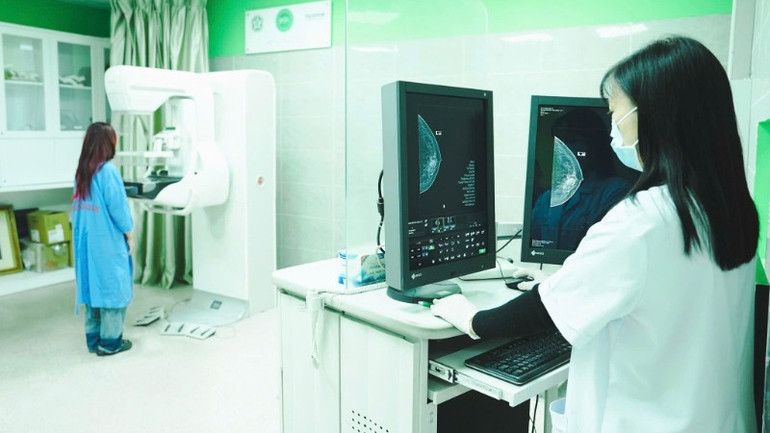
According to experts, upper-level hospitals will not replace lower-level hospitals, but will accompany, transfer techniques, train and provide remote consultation. When lower-level hospitals are strengthened in screening capacity, health data is connected via electronic health records, people will be continuously monitored and managed, and treated according to the correct regimen right at lower-level hospitals; reducing overload at upper-level hospitals and reducing costs, gradually reducing the burden of medical costs.
Studies in Vietnam also show that the two biggest risk factors for non-communicable diseases today are cigarette smoke and air pollution. Therefore, experts also recommend effective implementation of tobacco harm prevention and improvement of air quality. Immediate improvement of these two factors not only helps prevent lung disease, but also reduces the risk of cardiovascular disease, diabetes, cancer and many other chronic diseases.
On the part of the people, it is necessary to change their lifestyle towards a healthy one, eat in moderation, increase physical activity, and control their weight. This is not only to protect themselves but also to be responsible to future generations.
Source: https://nhandan.vn/sang-loc-phat-hien-som-la-giai-phap-hieu-qua-de-ung-pho-cac-benh-khong-lay-nhiem-post917275.html





![[Photo] Prime Minister Pham Minh Chinh chairs meeting on railway projects](https://vphoto.vietnam.vn/thumb/1200x675/vietnam/resource/IMAGE/2025/10/23/1761206277171_dsc-9703-jpg.webp)

![[Photo] President Luong Cuong holds talks with South African President Matamela Cyril Ramaphosa](https://vphoto.vietnam.vn/thumb/1200x675/vietnam/resource/IMAGE/2025/10/23/1761221878741_ndo_br_1-8416-jpg.webp)
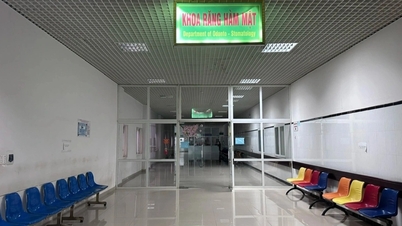

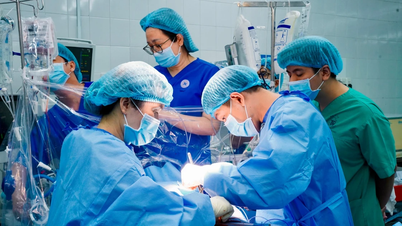




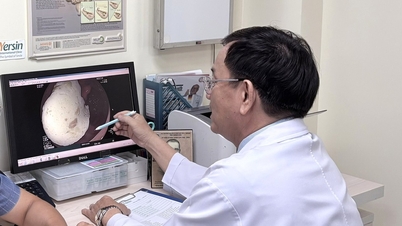







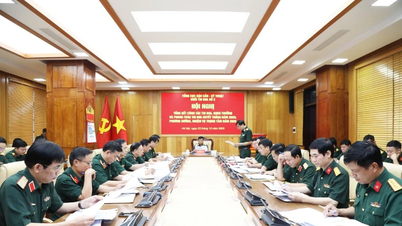


















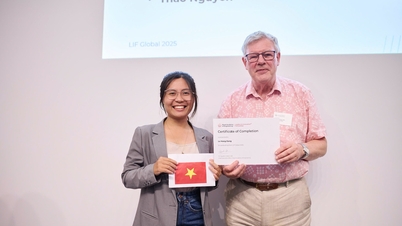



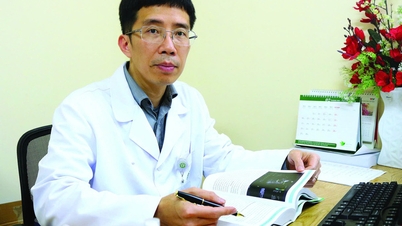
























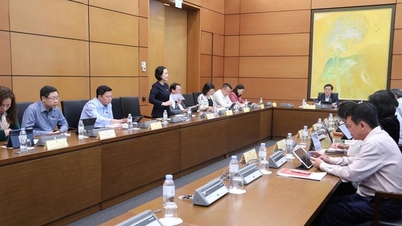











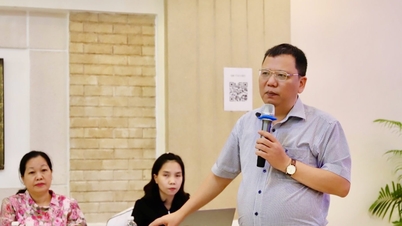


















Comment (0)